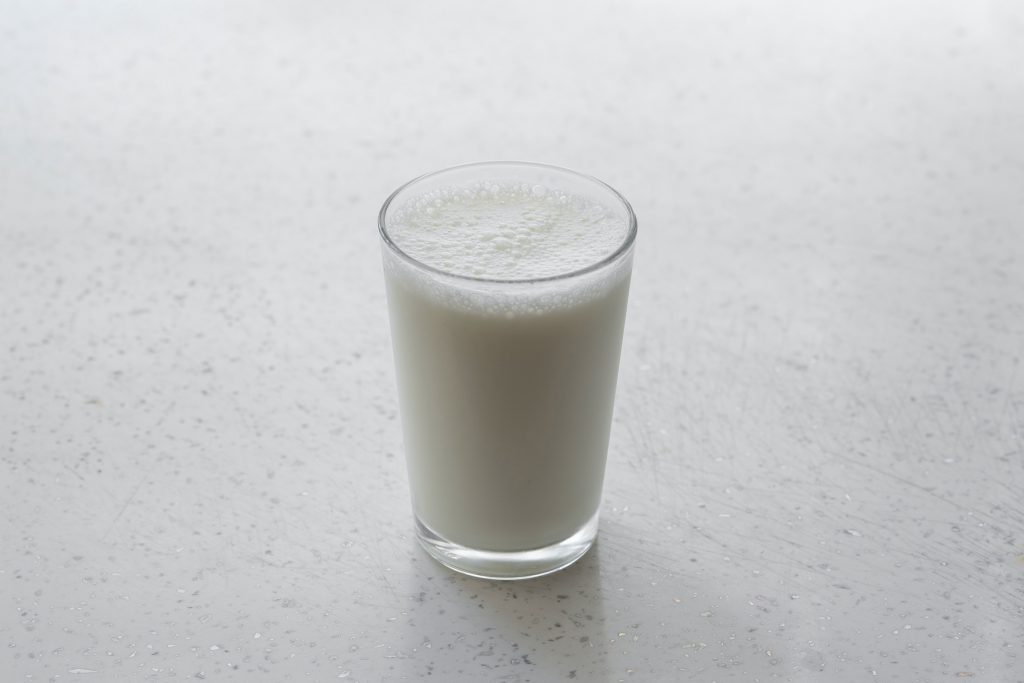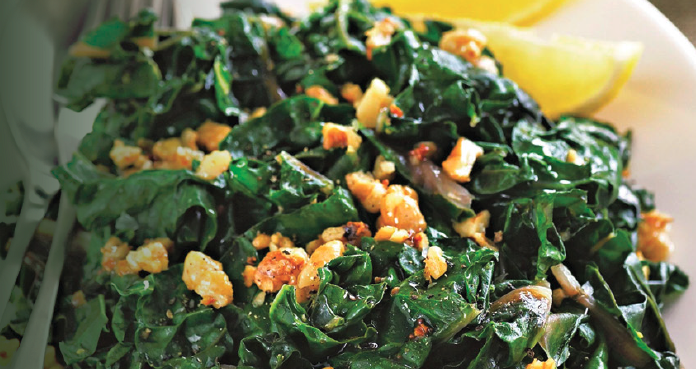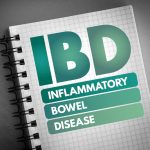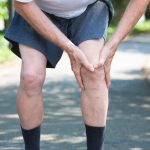What are the benefits of Calcium?
Calcium is the most abundant mineral in your body with 99% stored in your teeth and bone. It is critical for many functions of human health including heart health, muscle function, the nervous system and hormones. With bone formation and maintenance continuing throughout your life, adequate calcium intake is associated with a reduced risk of high blood pressure, fractures, osteoporosis, and Type 2 diabetes. Early attention to strong bones in your childhood and adulthood will provide you with better bone mass as you age.
Are you deficient in Calcium?
Whilst anyone can be calcium deficient, the individuals most at risk are post-menopausal women, individuals with low intake of calcium rich foods such as those with milk allergies, lactose intolerance or vegan and the elderly. In this situation, the body must take calcium from where it is stored in the bones and this not only weakens your existing bone but prevents the formation of strong, new bone.
Improving calcium absorption
Your body also needs several other nutrients and factors to properly absorb and maintain adequate calcium and they include:
- Vitamin D: your body simply cannot absorb calcium at all without some vitamin D from direct exposure to sunlight or from your diet.
- Exercise: when you exercise it increases the amount of calcium absorbed and improves bone health.
- Adequate protein in your diet: When you consume protein, it increases your gastric acid which enhances the absorption of calcium in your gut and makes it available for bodily functions.
How lifestyle influences & health conditions relate to calcium deficiency
Post-menopausal women
Calcium requirements increase at this time due to a decrease in estrogen production which reduces the amount of calcium absorbed from the diet whilst also increasing the rate of bone loss. The average woman can lose up to 10 per cent of bone mass in the first five years after menopause which is a risk factor for osteoporosis.
Life as an elderly individual
Calcium requirements increase at this time due to decreased absorption from the diet, reduced physical activity, reduced dietary intake of calcium rich foods, increased medications and the presence of osteoporosis.
Smoking
Studies confirm that smoking reduces bone mass and increases the risk for fractures and osteoporosis.
Vegan, Lactose Intolerance or avoidance of dairy
When you avoid dairy, you may have inadequate calcium in your diet. It is recommended that you find alternative calcium sources so that you reduce your risk of decreased bone mass, fractures and osteoporosis. Whilst many vegan or vegetarian diets have excellent sources of calcium-rich foods, they can also be high in oxalates and phytic acid found in nuts, seed and legumes which reduce calcium absorption. Soaking nuts and legumes overnight and rinsing before you prepare for eating will reduce this risk for you.

Dietary sources of calcium
Adding calcium rich foods to your daily diet can make an enormous difference in avoiding or managing deficiencies. Whether you enjoy dairy or have decided not to consume any animal products, there are many choices that you can make to meet your Recommended Dietary Allowances (RDAs). Foods that increase your need for calcium due to calcium loss via urine and/or reduced absorption should be reduced from your diet. They include high salt foods such as soft drinks, high intake of caffeine and alcohol.
Adult males up to 70 years of age require 1000 mg calcium daily, increasing to 1300 mg after age 70. Female adults require 1000 mg daily up until 50 years at which time it increases to 1300 mg a day.
Foods high in calcium that can be included in your diet are as follows:
- Red salmon in brine, small can 175 mg
- Sardines canned in water, normal can 486 mg
- Sardines canned in olive oil, drained 330 mg
- Regular natural yoghurt, small tub 386 mg
- Dried figs, 6, 160 mg
- 250 ml of firm tofu, 832 mg
- Almonds, with skin, 10, 30 mg
- Chickpeas, 1 cup 90 mg
- Tahini, 1 tablespoon 66 mg
- Baked beans in tomato sauce, 1 cup 43 mg
- Brazil nuts, 10 nuts 53 mg
- Silver beat, boiled, ó cup 87 mg
- Bok choy, raw, 1 cup 65 mg

Supplementation
There are different forms of calcium available with unique benefits dependent on your specific health situation. Whilst recommended daily intakes are recommended to maintain calcium levels, you may require therapeutic dosing in addition to dietary and lifestyle changes to meet unique deficiencies. Speaking with your health professional is recommended to ensure the most appropriate supplement and dosage is prescribed.
Looking for further advice?
If you feel you could benefit from personal advice relating to calcium or other deficiencies, please book an appointment via our website.
References
1. Beto J. A. (2015). The role of calcium in human aging. Clinical nutrition research, 4(1), 1–8. doi:10.7762/cnr.2015.4.1.1
2. Christakos, S., Dhawan, P., Porta, A., Mady, L. J., & Seth, T. (2011). Vitamin D and intestinal calcium absorption. Molecular and cellular endocrinology, 347(1-2), 25–29. doi:10.1016/j.mce.2011.05.038
3. Dionyssiotis, Y., Paspati, I., Trovas, G., Galanos, A., & Lyritis, G. P. (2010). Association of physical exercise and calcium intake with bone mass measured by quantitative ultrasound. BMC women’s health, 10, 12. doi:10.1186/1472-6874-10-12
4. Kopic, S., & Geibel, J. P. (2013). Gastric Acid, Calcium Absorption, and Their Impact on Bone Health. Physiological Reviews, 93(1), 189–268. doi:10.1152/physrev.00015.2012
5. North American Menopausal Society. (2006). The role of calcium in peri- and postmenopausal women. Menopause, 13(6), 862–877. doi:10.1097/01.gme.0000243566.25205.0b
6. Braun, L., & Cohen, M. (2010). Herbs & Natural Supplements. An evidence-based guide (3rd ed.). Chatswood, Australia: Churchill Livingstone Elsevier.
7. Al-Bashaireh, A. M., Haddad, L. G., Weaver, M., Chengguo, X., Kelly, D. L., & Yoon, S. (2018). The Effect of Tobacco Smoking on Bone Mass: An Overview of Pathophysiologic Mechanisms. Journal of osteoporosis, 2018, 1206235. doi:10.1155/2018/1206235
8. Hodges, J. K., Cao, S., Cladis, D. P., & Weaver, C. M. (2019). Lactose Intolerance and Bone Health: The Challenge of Ensuring Adequate Calcium Intake. Nutrients, 11(4), 718. doi:10.3390/nu11040718
9. Mangels, A. R. (2014). Bone nutrients for vegetarians. The American Journal of Clinical Nutrition, 100(1), 469S–475S. doi:10.3945/ajcn.113.071423
10. Australian Government. (2014). Nutrient Reference Values for Australia and New Zealand. Retrieved from https://www.nrv.gov.au/nutrients
11. Osteoporosis Australia, 2013. Calcium consumer guide. Retrieved from https://osteoporosis.org.au/sites/default/files/files/Calcium%20Fact%20Sheet%202nd%20Edition.pdf










